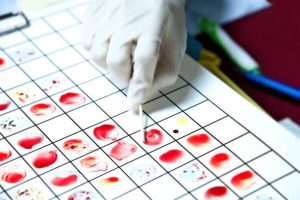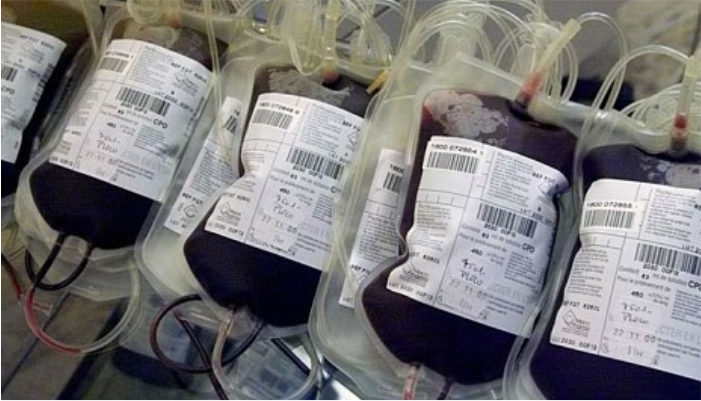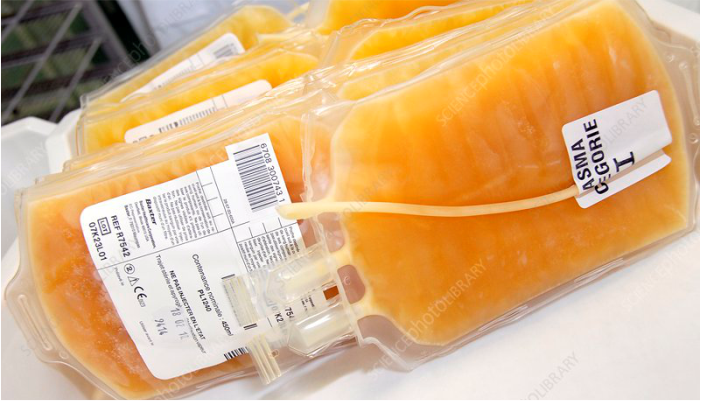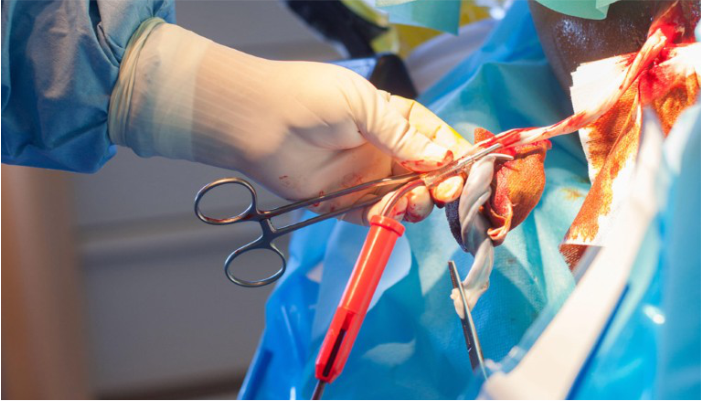🩸 ABO Group and Rh Type: Procedure, Specimen Collection & Clinical Importance

Synonyms
-
- Blood Grouping and Rh Typing
- Type and Rh
🔬 What Is the ABO Group and Rh Typing Test?
The ABO Group and Rh Type test determines a person’s blood group (A, B, AB, or O) and Rh factor (positive or negative). It is essential for blood transfusions, pregnancy care, and surgical procedures. Correct identification helps prevent transfusion reactions and hemolytic disease of the newborn (HDN).
👩⚕️ Patient Care / Preparation
-
- The patient must wear a hospital wristband for proper identification.
- Ensure all details match the patient’s official hospital record.
🧪 Specimen Requirements
-
- Specimen Type: Whole blood
- Container: Red top tube (no gel separator)
🧍 Specimen Collection Procedure
-
- Perform collection at the patient’s bedside.
- Confirm patient name verbally and match it with their hospital wristband.
- Label the sample tube with:
- Full name
- Hospital number
- Date
- Collector’s initials
- Transfusion Service wristband ID (if available)
- The collector must verify identity before signing the requisition.
- Some facilities require additional verification or ID plate stamping to avoid transcription errors.
⚠️ Causes of Sample Rejection
-
- Gross hemolysis
- Use of serum separator tube
- Misinterpreted or incorrectly labeled specimen tube
🧬 Clinical Uses
-
- Diagnosis of ABO or Rh hemolytic disease of the newborn (HDN)
- Pre-transfusion testing (Type & Screen and Type & Crossmatch)
- Ensures maternal and surgical patient safety in case of hemorrhage
🧯 Limitations of the Test
-
- May be affected by:
- Bacteremia
- Abnormal plasma proteins
- Cold autoagglutinins
- Positive direct antiglobulin (DAT) results
- May be affected by:
ℹ️ Additional Notes
-
- Typically, only Rh D antigen is tested routinely.
- Further Rh antigens are tested if antibodies are suspected.
- Suspect ABO HDN if:
- Newborn has spherocytes on peripheral smear
- Mother is blood type O and infant is type A or B
- Direct antiglobulin test (DAT) may be positive or negative in ABO HDN.
- ABO and Rh typing can be ordered separately, depending on clinical need.
References:
- Chan-Shu S and Blair O, “ABO Hemolytic Disease of the Newborn,” Am J Clin Pathol, 1979, 71:677-9.
- Cooper ES, Ryden SE, Hill JR, et al, “The 1987 Comprehensive Blood Bank Survey of the College of American Pathologists,” Arch Pathol Lab Med, 1989, 113(9):969-74.
- Walker RH, ed, Technical Manual, 10th ed, Arlington, VA: American Association of Blood Banks, 1990, 173- 88.
- Jacobs, Demott, Finley, Horvat, Kasten.JR, & Tilzer, “Laboratory Test Handbook” Lexi-Comp Inc, 1994, (216) 650-6506.


